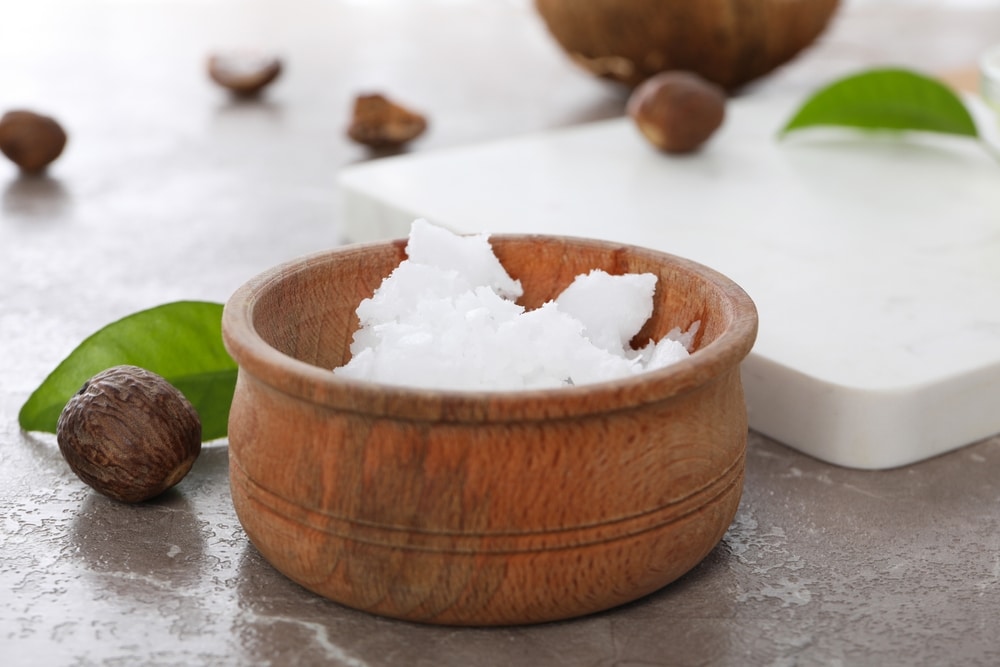Find the Right Moisturizer for Your Skin Type and Boost Your Glow Today
The skin care industry is enriched with an array of natural ingredients that profoundly enhance moisturizing products. Among the most favored are coconut butter and shea butter. Although they may appear similar at first glance, these two ingredients diverge significantly in their composition and benefits. Coconut butter is crafted by grinding the dried flesh of coconuts into a silky paste that retains its natural oils and nutrients. In contrast, shea butter is extracted from the nuts of the shea tree and boasts a higher concentration of stearic acid, resulting in a thicker, more solid substance.
Besides their different sourcing and processing methods, the moisturizing properties of coconut and shea butter vary significantly. Understanding these differences can help you make informed choices about the best moisturizer for your skin type. Let’s delve into the distinctive traits and advantages of each, as well as how they can nourish and shield your skin:
Coconut Butter: Benefits and Skin Effects
Coconut butter is abundant in medium-chain fatty acids, particularly lauric acid, which is celebrated for its antimicrobial and hydrating qualities. It is also rich in antioxidants and vitamins E and K, which work harmoniously to nourish and safeguard the skin. This combination helps to lock in moisture, bolstering the skin’s natural barrier and alleviating dryness for a soft, smooth finish. Moreover, its soothing properties make it an excellent choice for calming irritated or sensitive skin.
In terms of texture, coconut butter is creamier than shea butter, facilitating easy application and rapid absorption. Its natural antioxidants offer protection against everyday environmental stressors, like pollution and free radicals, promoting healthier skin over time. The blend of deep hydration, quick absorption, and protective nutrients makes coconut butter a popular substitute for those seeking a lightweight, daily moisturizer.
Shea Butter: Benefits and Skin Effects
Shea butter is renowned for its deeply nourishing and protective attributes. Rich in stearic and oleic acids, along with vitamins A and E, it fortifies the skin’s barrier while delivering moisture that penetrates deeply. This results in skin that feels soft, smooth, and resilient, exhibiting a healthier appearance.
Texturally, shea butter is thicker compared to coconut butter. While its density can slow down absorption, it also means that the hydration and barrier-supporting benefits last longer. This makes shea butter particularly advantageous for extremely dry or rough patches of skin, as its concentrated nutrients can help restore elasticity over time.
In addition to its hydrating properties, shea butter forms a gentle protective layer on the skin, preventing moisture loss and providing a shield for sensitive areas like elbows, knees, and hands. It also calms irritation and encourages overall skin comfort, making it a reliable choice for targeted care.
Usage Tips and Applications
Both coconut butter and shea butter showcase remarkable versatility in skincare. However, utilizing them correctly can amplify their benefits, ensuring effective absorption of nutrients and optimized hydration.
Coconut butter is best suited for daily applications across larger skin areas. Its lightweight texture allows for easy spread and quick absorption, making it ideal for frequent use. For optimal results, apply it to slightly damp skin to enhance hydration, as the butter works to trap existing moisture. It’s also suitable for sensitive areas such as the face and lips, providing an all-over moisturizing experience.
Conversely, shea butter excels in addressing very dry areas. Its dense consistency offers intense, long-lasting hydration and fortifies the skin’s elasticity. The protective layer it forms facilitates moisture retention, making it particularly effective for overnight treatments or during colder seasons when skin requires extra care. To apply shea butter, warm a small amount between your fingers first, softening its texture for smoother application on rough patches and dry areas.
So, Which One’s Best?
The decision between coconut butter and shea butter primarily depends on your skin type and preferences. If you have normal, combination, or sensitive skin, coconut butter is likely the optimal choice. Its lightweight, creamy texture absorbs quickly without leaving a greasy residue, while its antioxidants and medium-chain fatty acids nourish and protect the skin, making it ideal for daily use.
On the contrary, if your skin leans toward being very dry, rough, or irritated, shea butter may better serve your needs. Its rich, dense texture provides a protective barrier, locking in moisture for extended periods while its concentrated nutrients work to restore softness and elasticity in targeted areas.
Ultimately, both coconut butter and shea butter offer unique moisturizing benefits tailored to different skincare requirements. Their distinct properties influence the sensory experience and effectiveness when applied. By exploring their individual qualities, you can better determine which butter best complements your skin, allowing you to craft skincare habits that provide optimal comfort and nourishment.
















